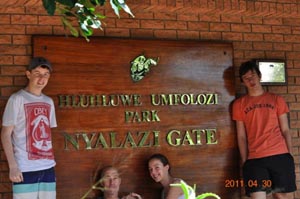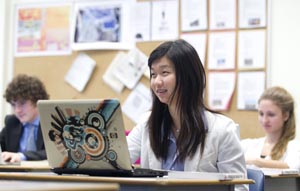Last weekend we all took time to acknowledge and reflect. For most of us the focus was on something very important and valuable – motherhood. Last Sunday was Mother’s Day, and I hope that at your home mom was truly pampered. We all have mothers, and the work that mothers do to nurture, support and guide is one of the great pillars of society. So every year we take one day to acknowledge mothers and their important work as the glue in most families.
I was struck by a report last week on the eve of Mother’s Day that an annual calculation of the value of unpaid work done by mothers. Even though men now do much more domestic work at home than a generation ago, women still do the lion’s share. Researchers for online publication MSN Money recently found that the time Canadian mothers spend on what they label as “mom” jobs translates into about $132,000/year for stay at home moms and $82,000 for working moms, in addition to their professional jobs. The assessment gave a market value for time spent on laundry, cleaning, childcare, chauffeuring, psychologist, tutor, and cook as some of the many roles women continue to play in families. In Canada it is estimated that unpaid work accounts for $300 billion of annual GDP with most of it done by women; a very high value, indeed. This has important implications for government policy-makers in terms of tax policy and so forth. The study claims the average mom works 96 hours/week, including full time employment. This is an increase of 4 hours from last year. So Moms appear to be busier than ever.
The other occasion/anniversary last Sunday was less visible to most of us. It was the 66th anniversary of VE Day, marking the end of the Second World War in Europe in 1945 and the surrender of Hitler’s forces. I’m not sure how many of us took much notice, as here in Canada our remembrance focus is mostly in November. But we need to acknowledge that WWII transformed the world. Consider that WWII cost approximately 60 million lives, trillions of dollars and created millions of refugees who spent years in temporary camps across Europe between 1945-1950. WWII brought with it the Holocaust, the start of the nuclear age with the dropping of the atomic bomb in Japan, and the beginning of an era known as the “Cold War,” when superpowers USA and USSR faced off in an a dangerous and expensive ideological struggle for decades.
We lost 45,000 Canadians in WWII – a significant loss given our population of about 11 million at the time.
In Russia marking what Russians call the “Great Patriotic War” was most at the forefront this past weekend. Whereas Canada lost a significant 4/10ths of 1% of its total population during the war years (1939-1945), the Soviet Union lost an astounding 14% of its population, losing close to 25 million people. These are astounding numbers – 25 million dead – by far the worst suffering of any country during WWII. That’s why what’s called “Victory Day” – victory over the Nazis – with parades and great fanfare occurred virtually everywhere across the former Soviet Union this week. It is a national holiday – much more prominent than here in Canada.
Motherhood and wartime sacrifice – two celebrations that are at opposite ends of the spectrum. But it’s important that we remember find a way to acknowledge them both. —Chris Shannon, Headmaster



